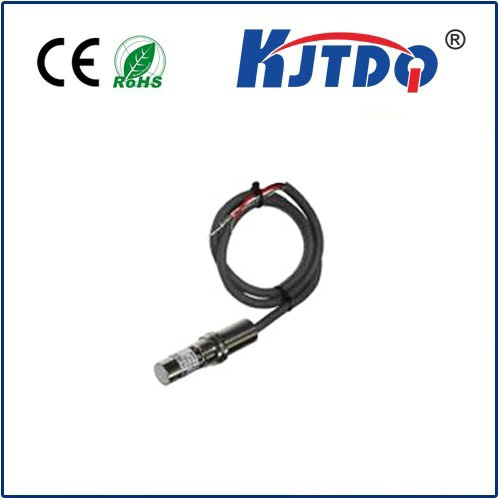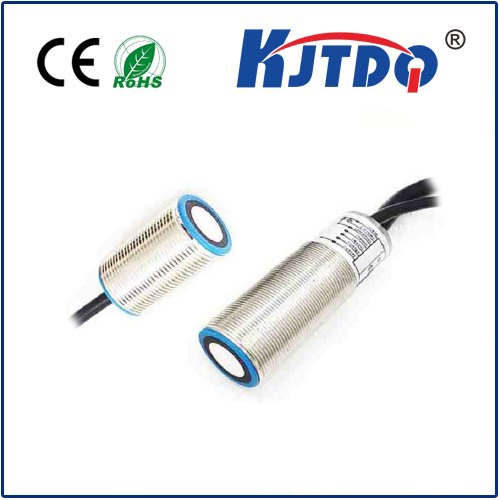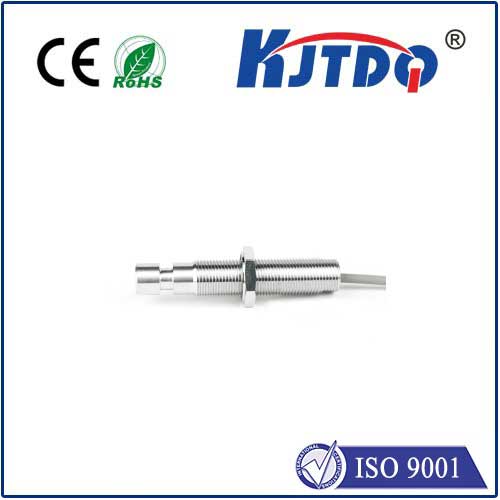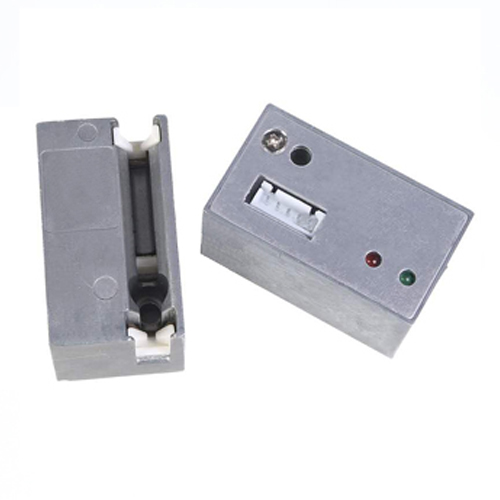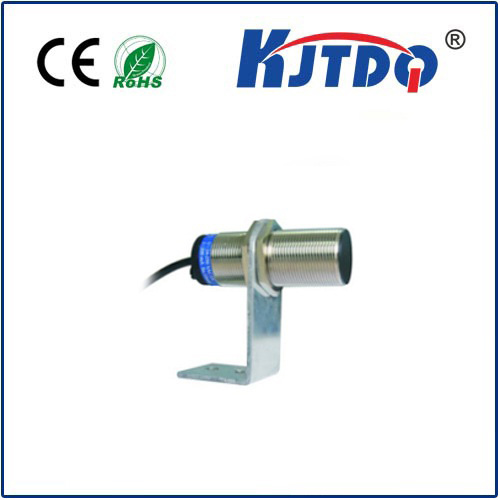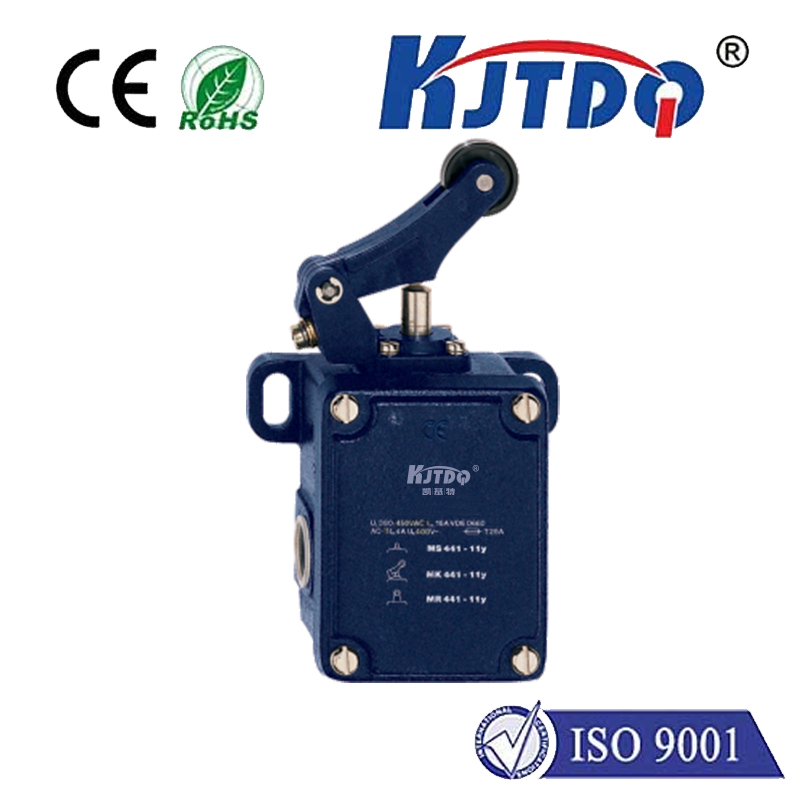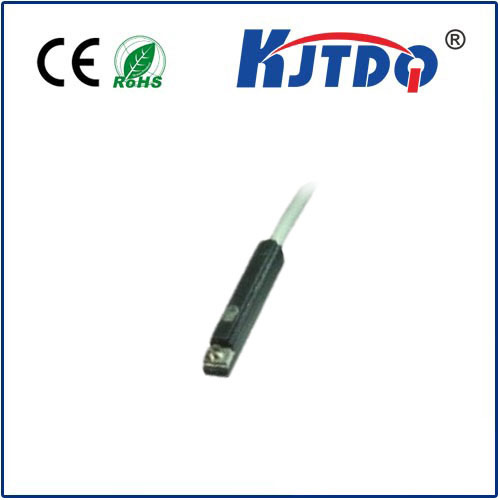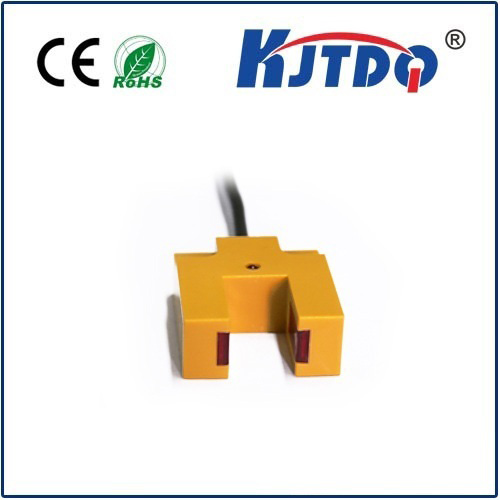

check

check

check

check

check

check

check

check

check

check
Photoelectric Barrier Sensor: Enhancing Safety and Efficiency in Industrial Applications
The photoelectric barrier sensor is a cutting-edge technology that has revolutionized industrial safety and efficiency. This innovative sensor system uses beams of light to detect the presence or absence of objects within a specified area, making it an ideal solution for a wide range of applications. In this article, we will explore the features, benefits, and potential uses of the photoelectric barrier sensor in various industries.

Firstly, let us understand what a photoelectric barrier sensor is. It consists of a transmitter and receiver unit that are placed opposite each other, forming a barrier or curtain of light beams. When an object passes through this barrier, it interrupts the beams, causing the sensor to send a signal to the control system. This signal can be used to trigger alarms, stop machinery, or initiate other safety measures.
One of the key advantages of the photoelectric barrier sensor is its high level of accuracy and reliability. Unlike traditional mechanical switches or contact sensors, which can wear out over time and become less effective, the photoelectric barrier sensor provides consistent performance without any physical contact between the parts being monitored. Additionally, it offers fast response times, allowing for immediate action when an object is detected.
Another benefit of the photoelectric barrier sensor is its versatility. It can be customized to suit different shapes, sizes, and configurations depending on the specific requirements of each application. For example, in manufacturing facilities, photoelectric barrier sensors can be used to monitor assembly lines for product flow, detect missing components, or prevent accidents by stopping machinery when workers enter hazardous areas. In logistics and warehouse environments, they can be employed to manage inventory levels, track shipments, and optimize storage space.
Moreover, the photoelectric barrier sensor has proven to be highly effective in improving workplace safety. By automatically detecting and responding to potential hazards, such as unauthorized access or moving machinery, it reduces the risk of injuries and accidents. Furthermore, it can also enhance efficiency by minimizing downtime caused by false alarms or unnecessary equipment stoppages.
In conclusion, the photoelectric barrier sensor is a versatile and reliable technology that offers numerous benefits for industrial applications. Its ability to provide accurate detection and real-time responses makes it an essential tool for enhancing safety, productivity, and efficiency in various industries. As businesses continue to prioritize workplace safety and streamline their operations, the photoelectric barrier sensor is likely to play an increasingly important role in shaping the future of industrial automation and control systems.
